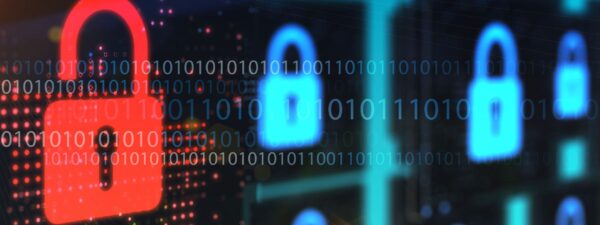Automation is increasingly being integrated into various industries, especially as businesses adopt digitalization. Indeed, Internet of Things (IoT) devices have greatly contributed to not just making our lives more efficient but also enhancing our overall safety. Read on for the multiple ways that IoT can help reinforce consumer security.
Security, Enhanced
IoT smart devices are popular because of their ability to safeguard property against potential breaches and intruders. IoT devices such as video doorbells, door sensors and smart cameras can help monitor your home 24/7 via your smartphone, from wherever you are.
For example, some IoT devices such as security cameras now come equipped with facial recognition features that can differentiate between a homeowner’s friends and strangers.
These devices can also help one keep intruders at bay and assist with investigation in case of trespassing. This is because they facilitate 24/7 monitoring of your home, allowing you to easily watch and record the activities around your home, which could help with investigation in case of theft or a break-in.
A homeowner can also get notifications through his or her smartphone when someone is at the door. IoT devices can also send homeowners alerts in case of water leaks, fire hazards, and temperature changes.
Asset and Animal Tracking
Asset owners can now find peace of mind thanks to the asset tracking solutions enabled by IoT. With this technology, consumers can track their assets anywhere they are, as long as there is IoT coverage.
The Internet of Things can also give pets owners peace of mind with its ability to track the whereabouts of their pets with GPS tracking.
Purchasing IoT Devices from Trusted Brands
Although more and more IoT devices are being introduced to the market, not all manufacturers are putting the necessary effort and time into ensuring that their devices are secure.
According to Dave Kohnke, a senior IT director at the University of Colorado Boulder, due diligence and proper research are needed to manage IoT effectively. He said it starts with a comprehensive review and analysis of IoT device suppliers. This can include a review of the parts used in the devices. When suppliers pass this review and their devices are purchased, they are then subjected to security evaluation. That means users need to change default usernames, passwords, and other configurations.
A reputable IoT device supplier should have enough security measures placed in their products to provide support or updates. Kohnke said that if products lack these security measures, then it is best to look elsewhere. Similarly, if a supplier cannot describe their security processes, then Kohnke recommends opting for a different IoT vendor.
Using a Dedicated Network for Every IoT Device
Connecting your IoT devices to your primary network makes you more vulnerable to security risks. Instead of connecting these devices to critical business applications and networks, users can connect them to a dedicated and separated network. In fact, most experts recommend doing this.
Tom Van de Wiele, a principal security consultant at F-Secure, said IoT devices used in offices are more prone to broad attacks if companies fail to separate their IoT technology from their business network. That’s because office infrastructures and shared networks can be affected.
Connecting devices to WiFi is even recommended by the FBI. That’s because doing so isolates crucial IT infrastructures to other processes. Therefore, if any IoT devices are compromised, then possible exposure is limited.
But how do you segregate the devices connected to your network? Alex Feiszli, CEO of GRAVITL, shared that a good method for handling trusted devices is a zero-trust virtual network and a guest network for untrusted devices. When you use super-strong passwords, you prevent unauthorized access to these networks.
Restricting Access to Devices and Networks
The integral component of IoT security management is identity and access management. This is also crucial in businesses’ overall cybersecurity. Therefore, users should implement strict practices and policies regarding authorized access to devices and networks. This will help in knowing who authorized people are and verifying that they are the only ones accessing these systems. It also lessens security risks and credential compromises.
Multi-Factor Authentication (MFA) is an added security layer that requires extra proof of identity when users log in to a device. Several devices come with MFA, while others may require users to enable it using third-party apps.
With MFA, anyone trying to log in to your IoT device will first need to input a verification code that is sent to your email address or phone. This means that anyone without access to this code is unable to log in to your device.
Regularly Checking Physical Devices
You should check your physical devices regularly for any signs of compromise, of course, but this doesn’t mean that cybersecurity for connected devices is any less important. Users need to remember that physical security is also crucial in IoT security.
Indeed, physical devices are vulnerable to tampering and other security risks. Specifically, when someone removes or tampers with physical devices, IoT systems can be compromised and not all IoT devices are designed to combat physical compromise or send notifications if it happens.
As a result, data is available to anyone who can physically access your device.
That is why it’s so important to improve your network visibility to get insight into the connected devices and how they are being used.
It’s clear that Internet of Things devices have not only made our lives easier but also boosted consumer security – both in the business and home spaces. About that fact, we’re definitely sure – and secure.




